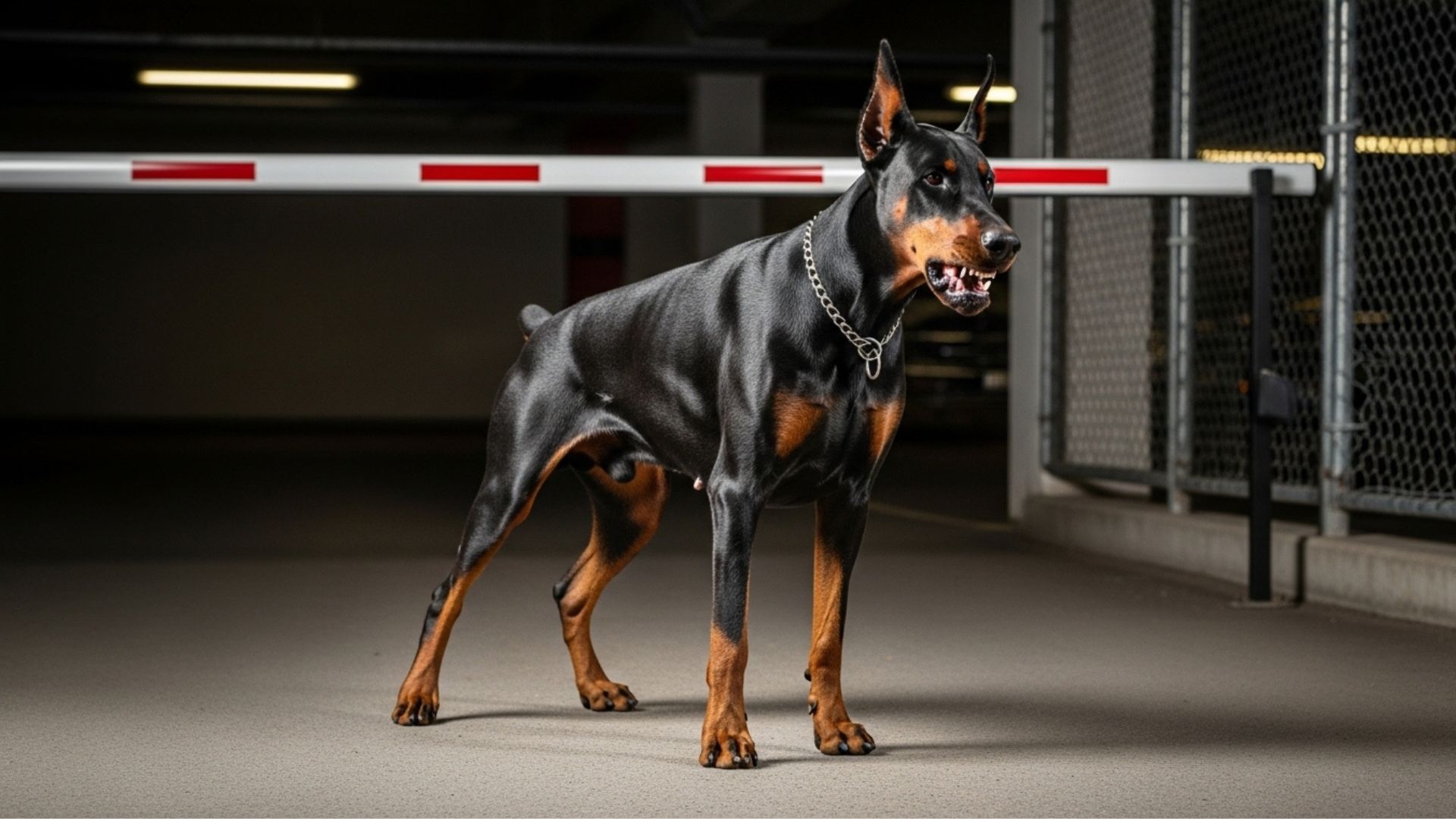You love the sense of security that a guard dog brings, yet you’ve likely heard conflicting things — that they’re unpredictable, aggressive, even dangerous. The truth sits somewhere in between, often hidden beneath exaggeration and fear.
Many potential dog owners hesitate, unsure if they’re welcoming protection or potential harm into their home. That hesitation is valid. A guard dog’s temperament depends entirely on environment, guidance, and trust.
Their strength becomes a gift only when it’s understood. Miscommunication, not malice, is what turns power into a problem. What they need is direction, not domination — calm confidence from the person they protect.
This article aims to clear that fog of uncertainty, exploring what truly shapes the behavior of these dogs and how understanding, more than control, transforms them into balanced, dependable guardians.
Key Takeaways
The truth about guard dogs is often blurred between fear and fascination. Are they protectors or potential threats?
German Shepherds and Rottweilers prove that strength means little without control. Their loyalty only shines when trust guides it.
Dobermans and Bullmastiffs add another layer of discipline, showing how real protection stems from balance, not aggression.
This article unfolds how guidance, not dominance, shapes these dogs into calm, dependable guardians.
Guard Dog Breeds & Their Potential For Aggression
1. German Shepherd
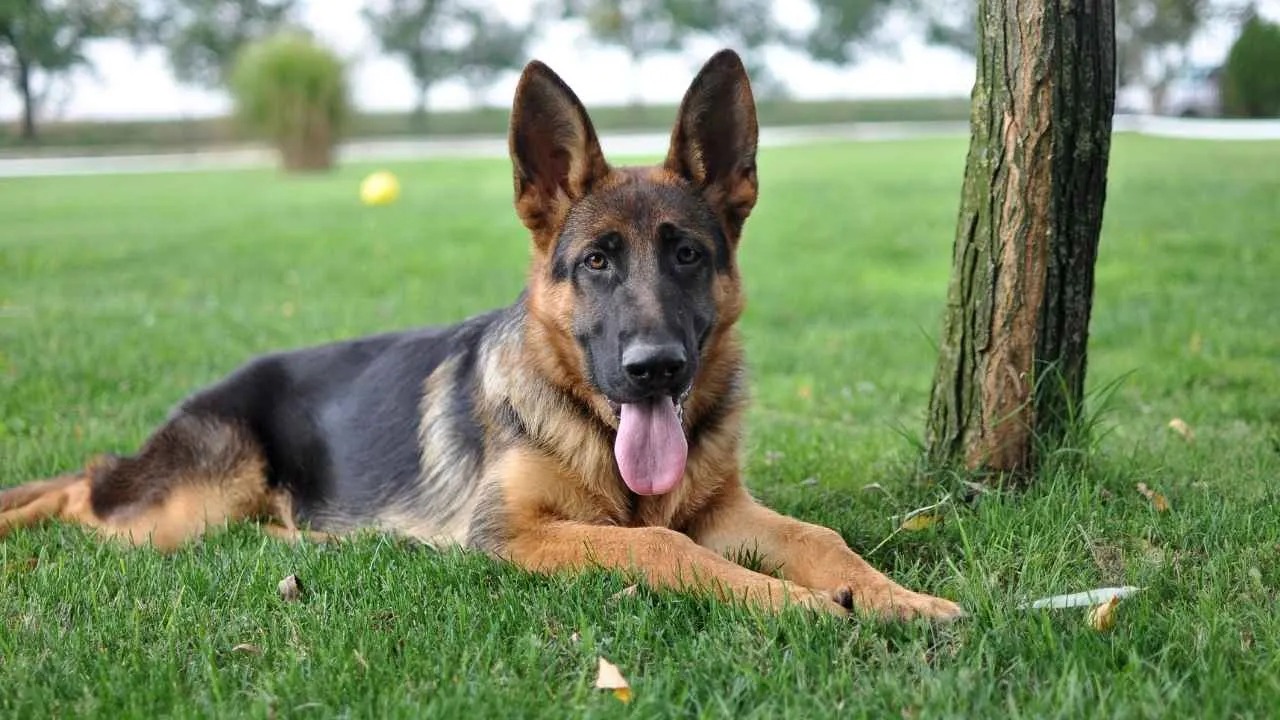
German Shepherds carry a composed intensity that instantly commands respect. They stay alert to every sound and movement, yet their control is what truly defines them. This self-discipline is why they’re often seen among the most popular guard dog breeds, trusted in homes, fields, and professional roles alike.
High Intelligence, Higher Responsibility
Their intelligence makes them easy to teach, but it also means they need structure and boundaries, as PetMD writes. Without proper training, that same sharpness can lead to impulsive behavior. The balance between command and calm is what sets a good handler apart.
Their key strengths that highlight their guarding excellence include:
Quick to detect changes in surroundings
Remarkably obedient when commands are consistent
Shows restraint even in tense situations
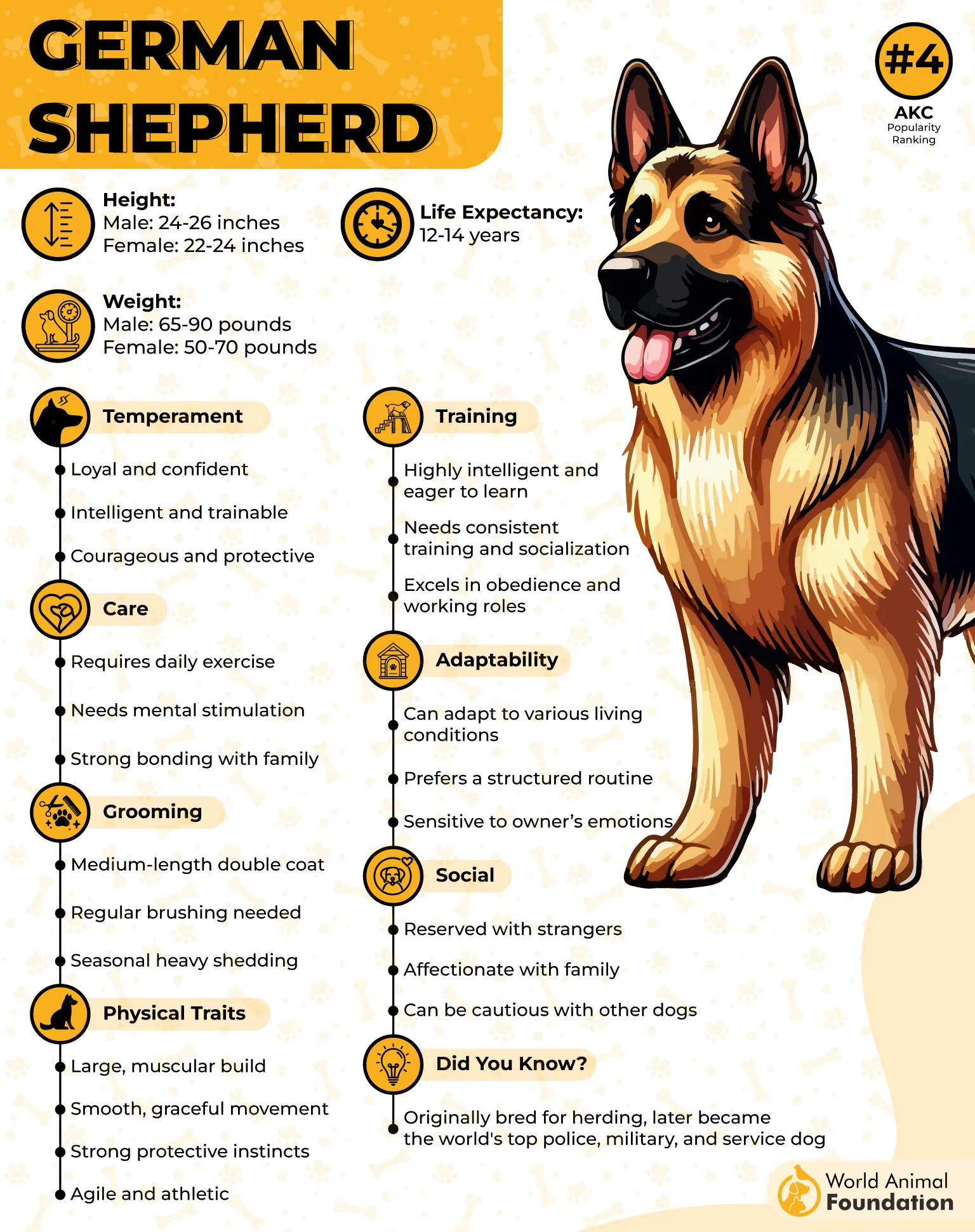
Balanced Temperament in Tough Moments
A well-trained German Shepherd rarely acts out of instinct alone. They assess threats before reacting, a trait that makes them reliable in security or rescue settings. Trainers often emphasize regular interaction to ensure their focus stays steady under stress.
2. Rottweiler
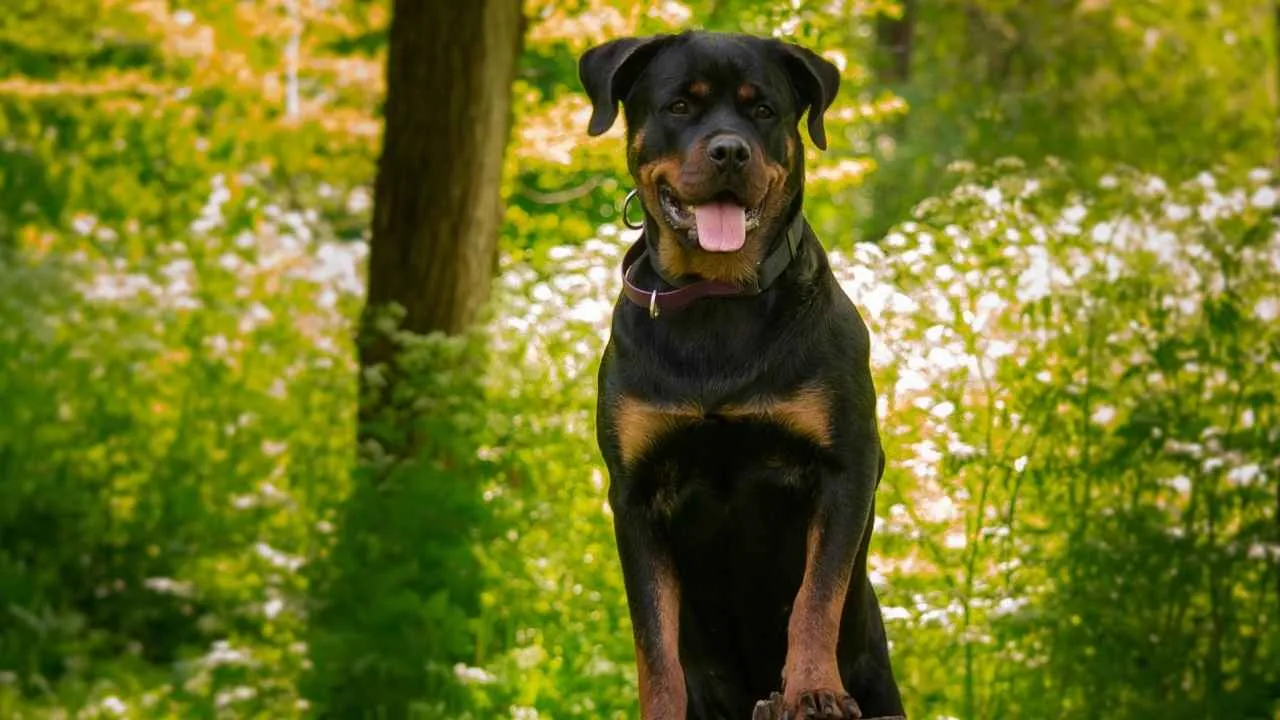
A Rottweiler’s confidence stands out the moment it enters the field. Its deep bark, muscular frame, and unwavering eye contact create an instant sense of authority. These dogs have worked beside humans for centuries, showing a balance of intelligence and control that defines the most effective guard dogs.
Steadfast Protector
What makes the Rottweiler formidable isn’t just strength but discipline. As per WebMD, when trained from a young age, it develops calm precision in tense situations, knowing when to stand its ground and when to hold back. It’s a protector that reads its environment before reacting.
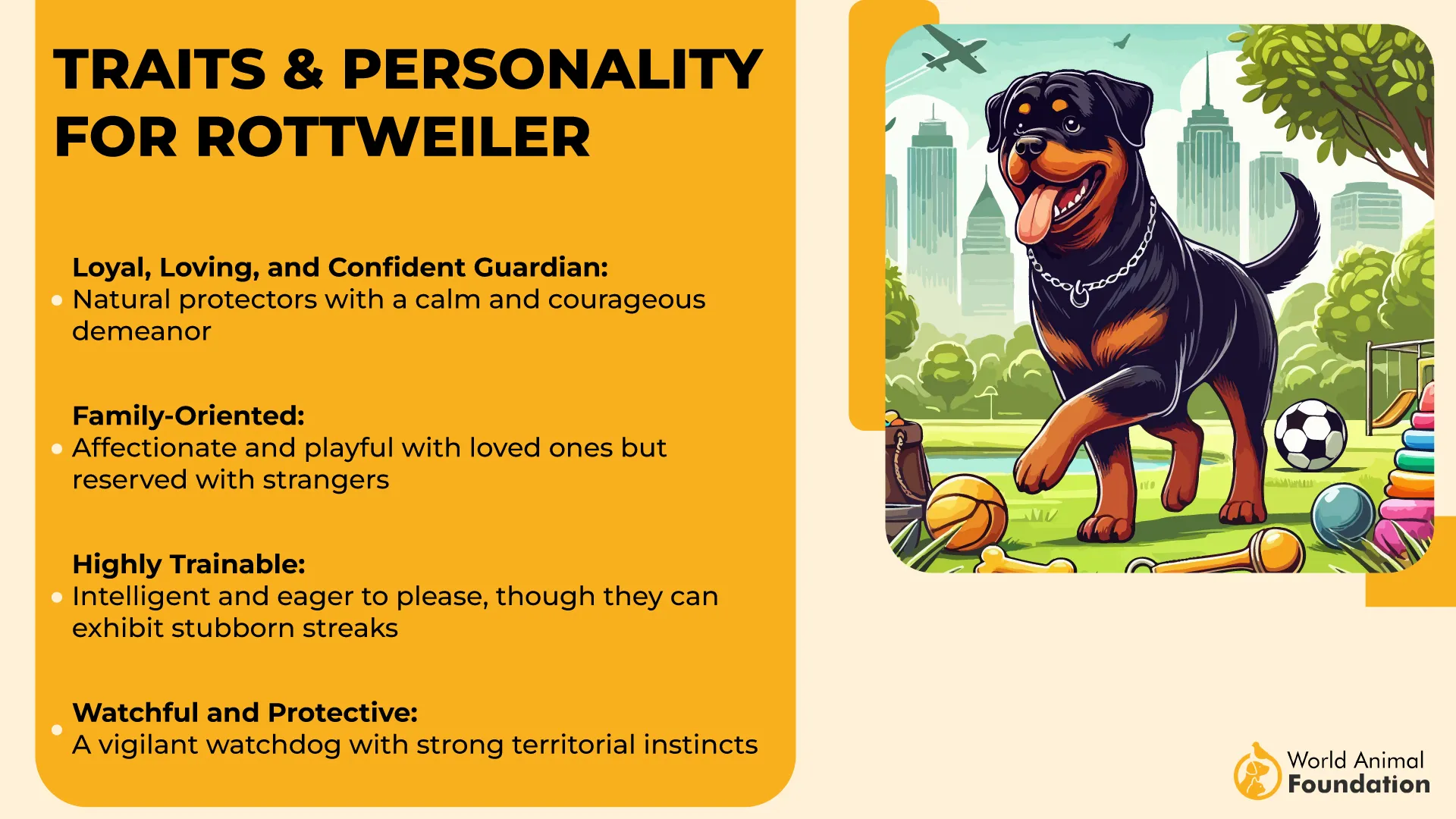
Here’s what adds to its reliability:
Reacts only when a real threat is sensed
Shows restraint under guidance and structureRemains alert even during relaxed moments
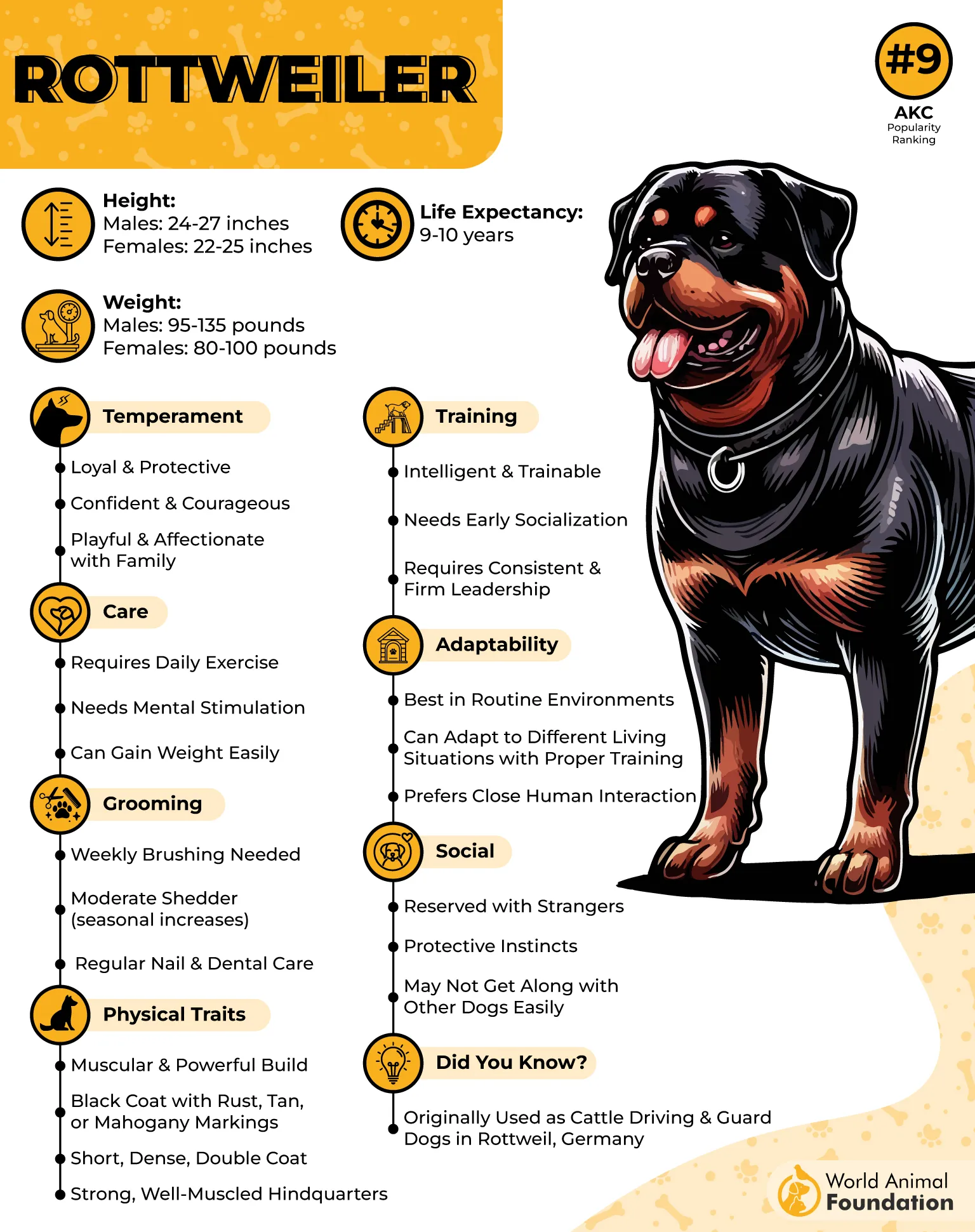
Courage with Measured Aggression
The breed’s protective instincts make it a dependable partner for security tasks. It has a natural ability to detect unease and often places itself between its family and perceived danger. Trainers admire how this dog can maintain composure even in high-pressure scenarios.
3. Doberman Pinscher

The Doberman Pinscher stands out for its unmatched blend of speed and precision. Its athletic frame moves with calculated confidence, making it one of the most alert guardians among domestic dogs. This awareness extends beyond sight. Even the faintest sound can trigger its readiness to act.
The Protector’s Mindset
What makes the Doberman extraordinary is how its instincts are paired with quick intelligence. It reads situations fast, often reacting before danger reaches the door.
A few qualities define its sharp working edge:
Reacts instantly to perceived threats
Shows strong focus during security tasks
Balances energy with measured control
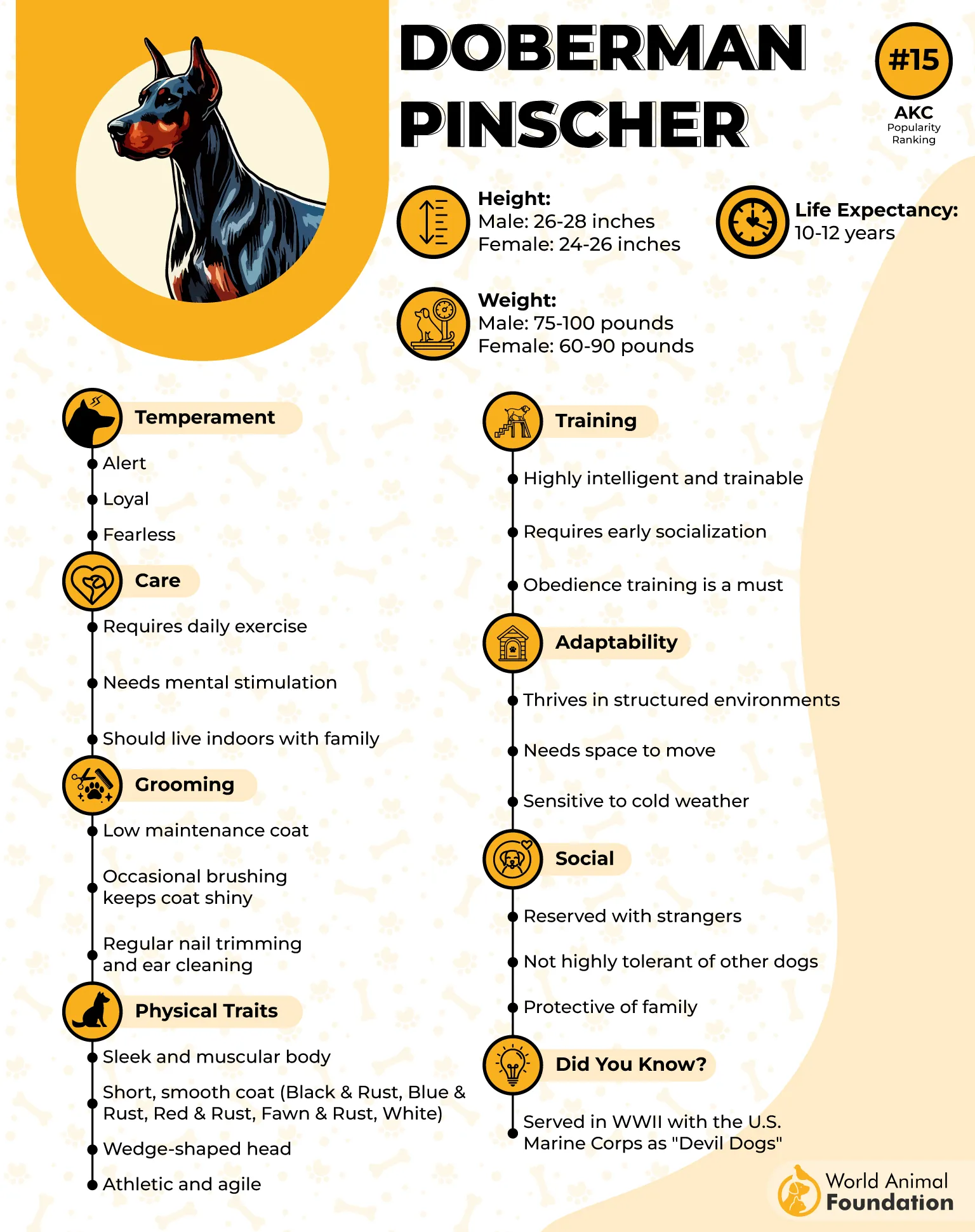
Structured Bonding and Control
This breed’s protective drive flourishes through structure and consistent training. Early socialization helps shape its instincts so it can differentiate between real and imagined threats. While loyal to family, it often needs careful introductions when living with other animals, especially smaller pets.
Note: In World War II, Dobermans served as messenger and detection dogs for the U.S. Marine Corps. Their alertness and discipline saved countless lives, earning them the title “Devil Dogs of the Marines.”
4. Bullmastiff
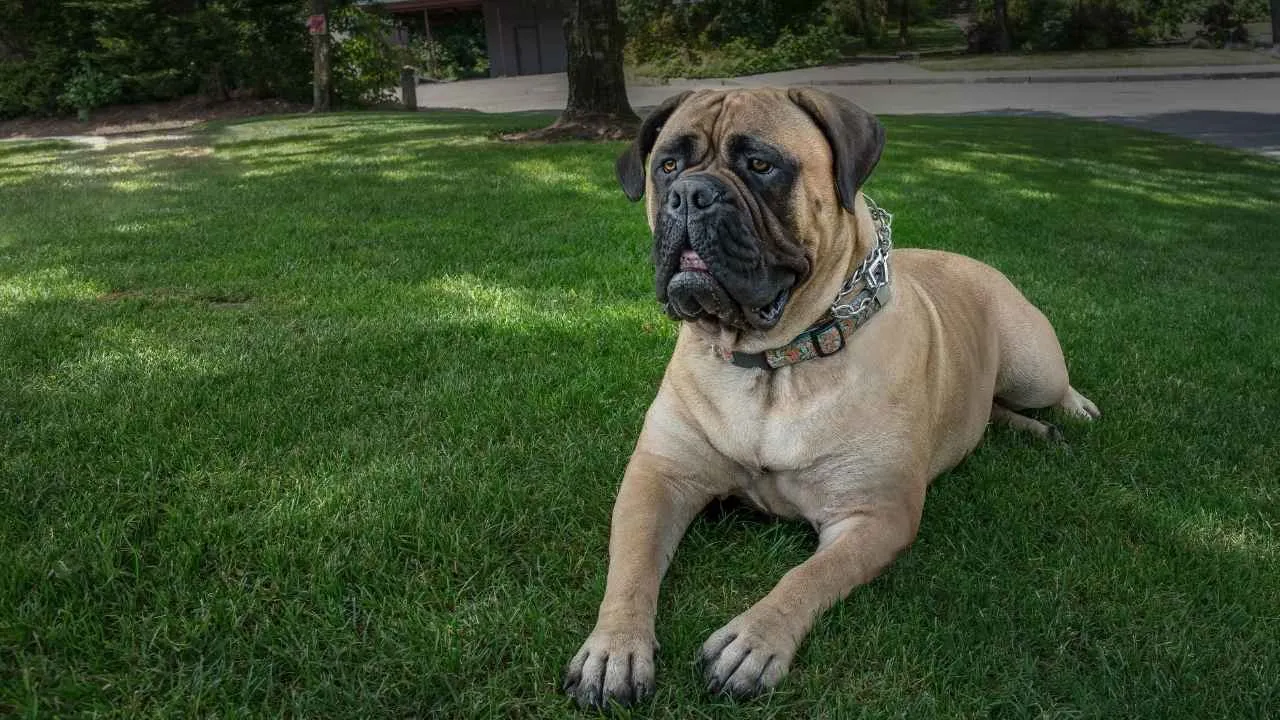
The Bullmastiff carries quiet confidence, a trait that makes its presence commanding without unnecessary aggression.
It’s known for its keen perception of danger, reacting only when it senses a real threat. This balance of power and restraint allows it to guard without creating chaos around the home.
Built to Protect, Not Intimidate
This dog’s physical strength once made it a gamekeeper’s trusted companion, capable of deterring intruders with calm authority. Even now, it remains alert but measured in its reactions. It doesn’t bark excessively or charge aimlessly, which keeps its protective behavior well-controlled.
This is what highlights its calm but effective guarding style:
Responds decisively to real threats
Maintains composure under pressure
Guards with quiet observation rather than noise

A Watchful Companion Indoors
Despite its powerful frame, the Bullmastiff fits comfortably into family life. It doesn’t need long runs or constant activity to stay content. Families often describe their presence as steady and reassuring, especially for those who prefer a less reactive guardian around children and guests.
5. Akita
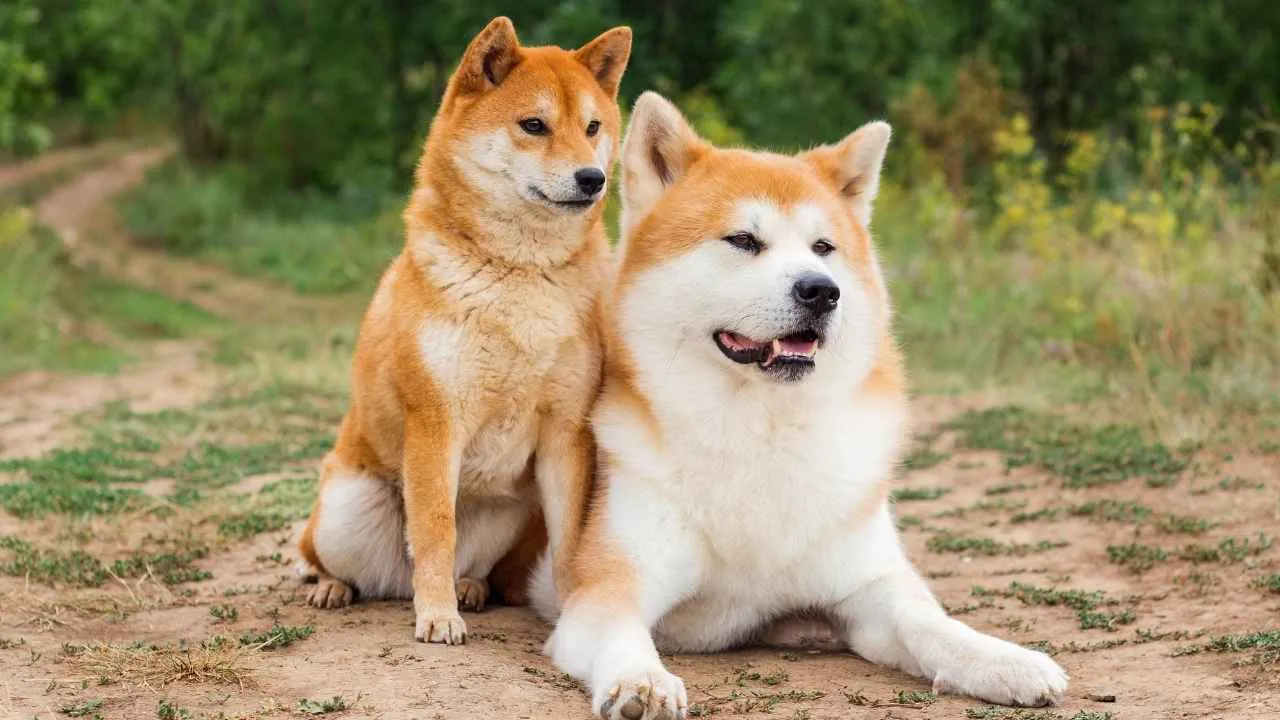
The Akita is known for its calm composure and quiet authority. Its presence alone communicates confidence and control, which is part of what makes it such an effective guardian. This breed tends to evaluate a situation before reacting, using instinct and judgment rather than impulse.
Aware and Always in Control
Akitas are naturally alert and have an instinctive need to protect what they consider theirs. They form strong emotional bonds with their family, which fuels their protective behavior when a threat is sensed, as per the AKC. Their composed demeanor hides a sharp awareness of every movement around them.
They show their reliability in clear ways:
Watchful and quick to notice unusual activity
Responds firmly to real danger without overreacting
Maintains calm authority that commands respect
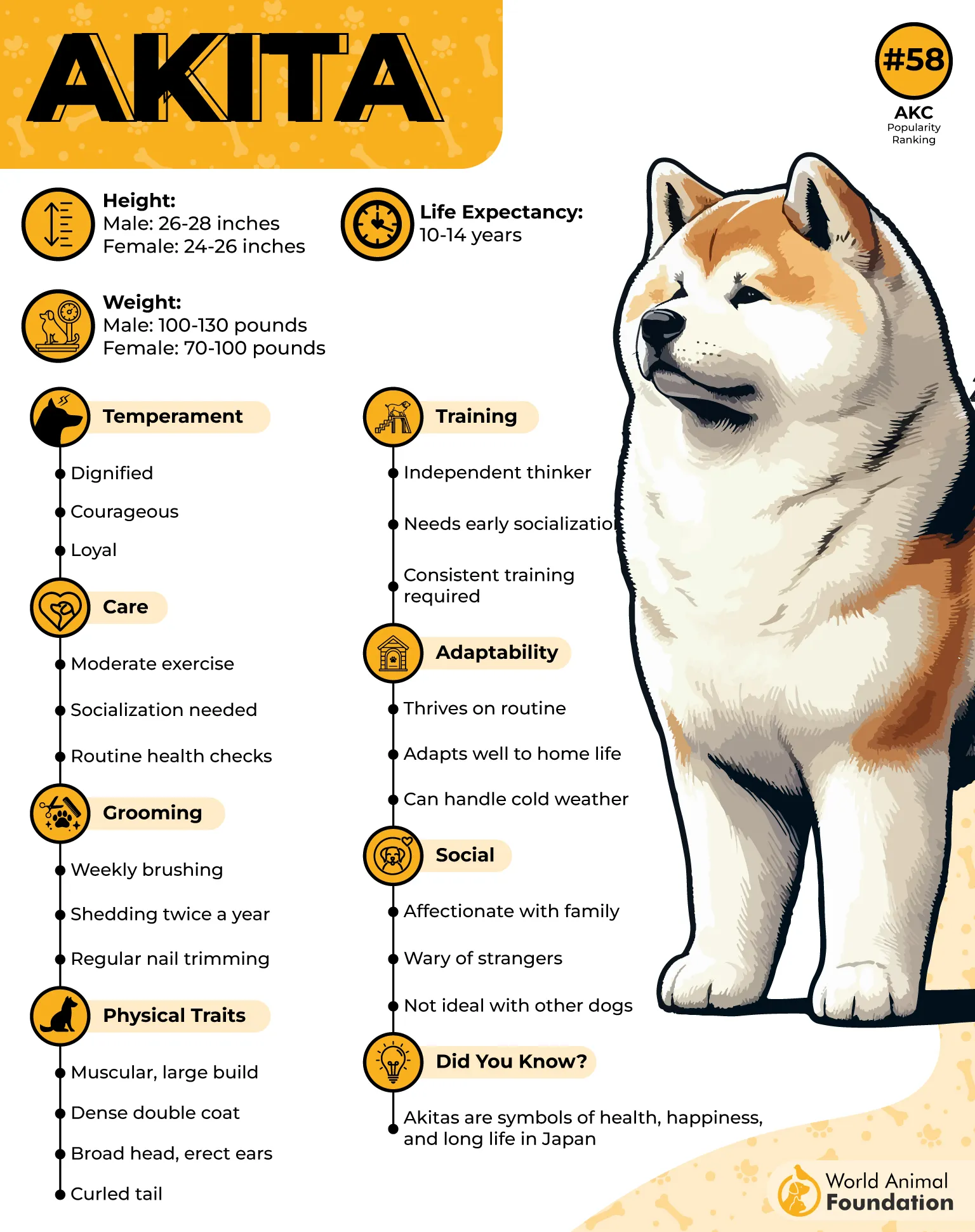
Loyalty That Runs Deep
This breed’s loyalty is legendary. An Akita will often position itself near entryways or family spaces, quietly monitoring the environment. Its devotion can turn to territorial behavior when boundaries are crossed, which is why early guidance and structure are essential for balance.
6. Cane Corso
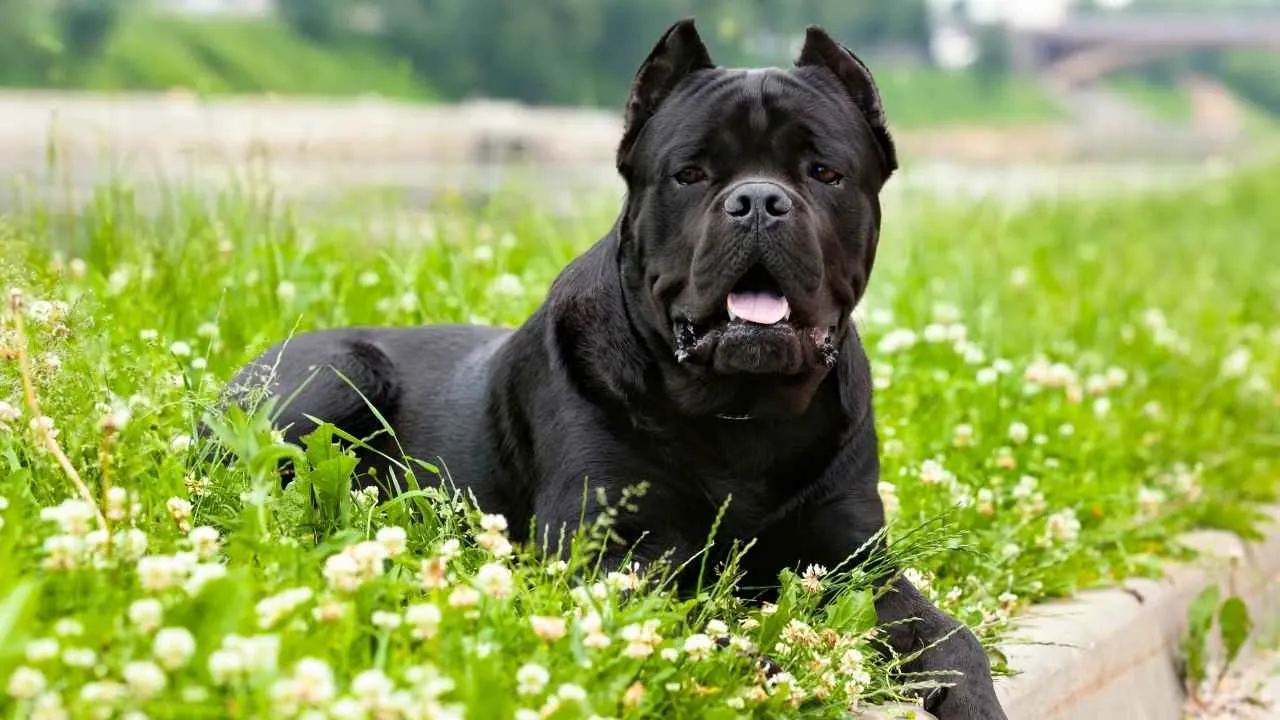
Cane Corsos carry an unmistakable presence. Their square jawline and alert eyes give away their serious attitude toward protection. They read situations faster than most breeds and respond to movement or tone within seconds, making them natural watchdogs for any setting.
Intelligent Control of Power
They’re powerful but calculated, relying on awareness more than blind reaction. A well-trained Corso understands when to hold ground and when to act. Their controlled assertiveness makes them both impressive and safe in experienced hands.
Here’s what defines their guarding edge:
Steady nerves under pressure
Quick recognition of genuine threats
Obedience built through respect, not fear
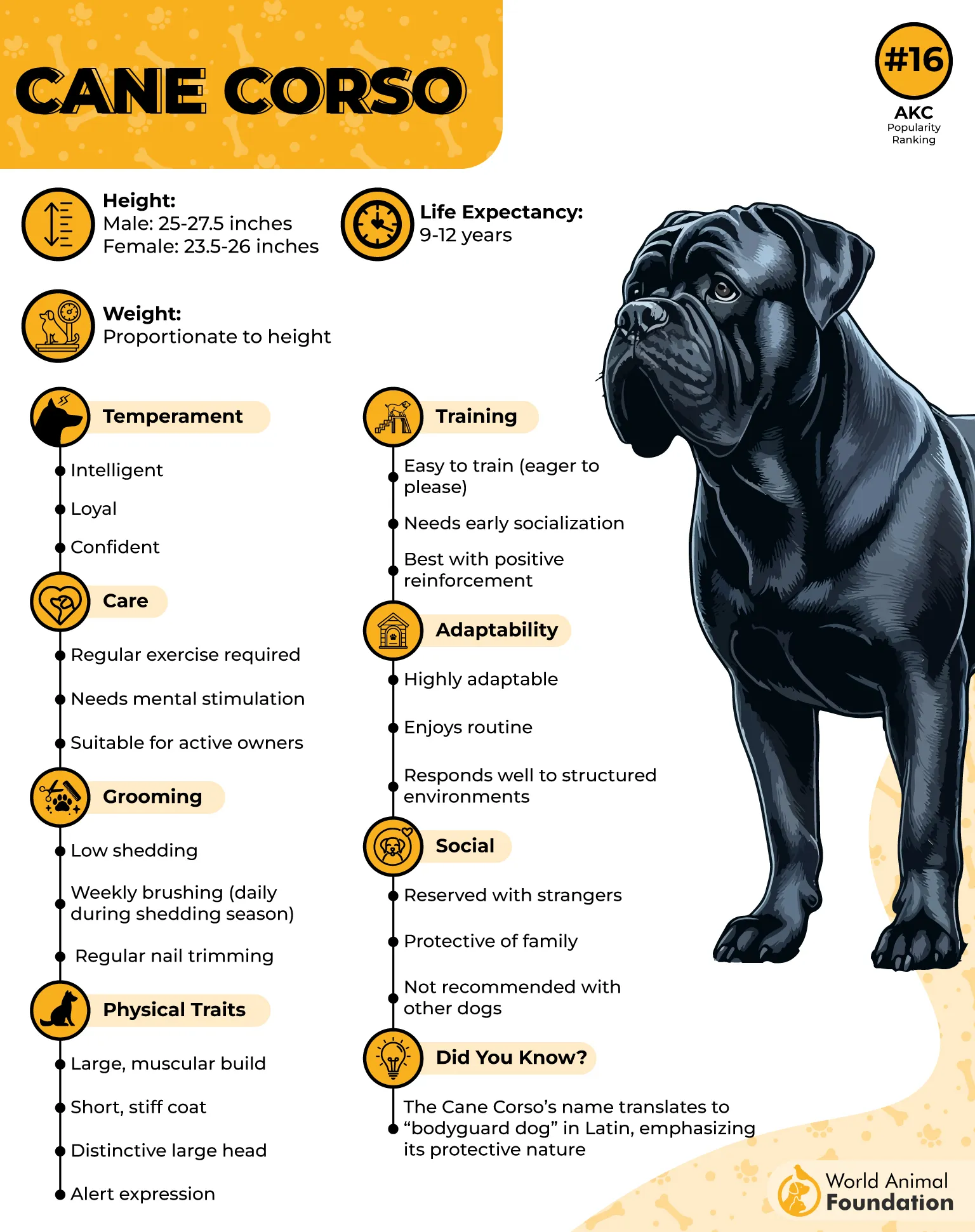
Deep Bonds, Guarded Trust
Cane Corsos form lasting attachments to their family circle. They’re affectionate with those they trust but maintain a measured distance from outsiders. This loyalty gives them an emotional anchor that shapes their protective drive in meaningful ways.
7. Rhodesian Ridgeback
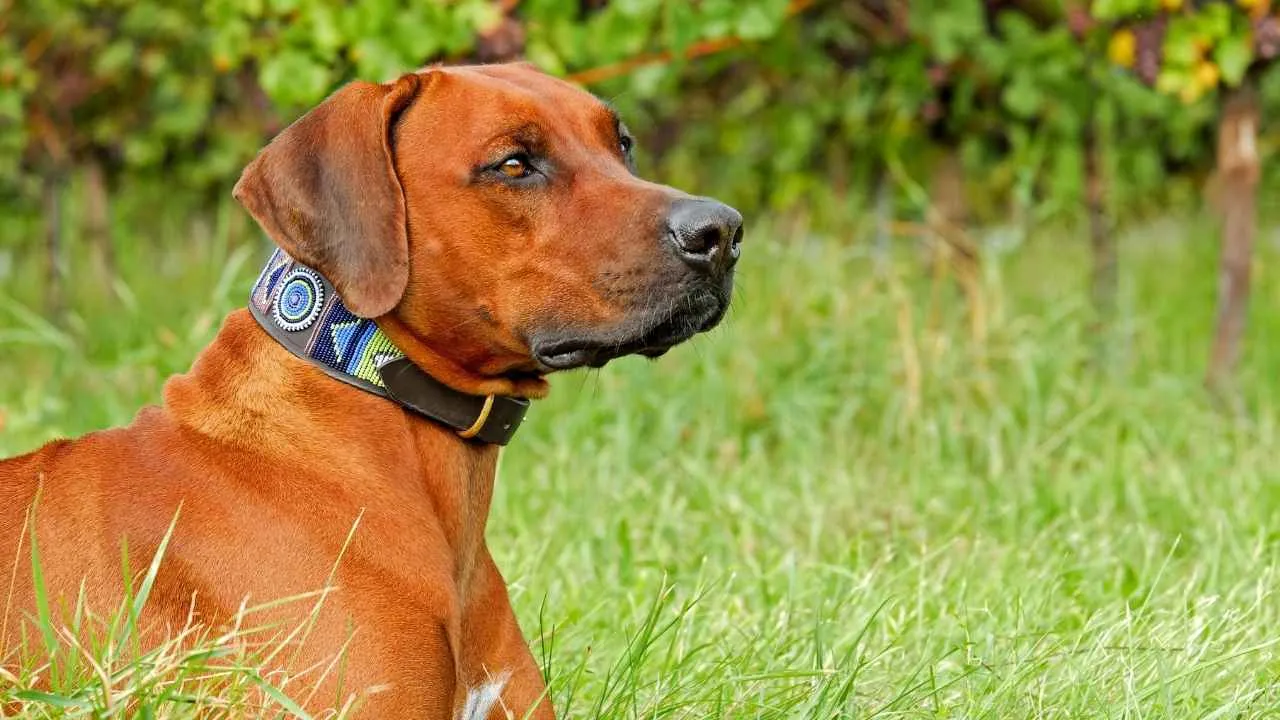
The Rhodesian Ridgeback carries an air of calm strength. Originally developed as a fearless hunting companion, it now guards homes with quiet vigilance. Its muscular frame and confident stance alone often discourage trespassers before the dog ever needs to react.
Steady Nerves and Measured Reactions
Though capable of intense defense, the Ridgeback is known for balanced judgment. It assesses situations before taking action, showing courage without unnecessary aggression. This steady nature is what makes it a respected protector in families seeking both safety and companionship.
They’re known for:
Staying alert yet composed under pressure
Responding firmly when a real threat appears
Showing restraint around familiar people and pets

Natural Loyalty That Runs Deep
Their devotion is instinctive, forming lasting bonds with their household. A Ridgeback’s loyalty often appears in subtle ways — a quiet presence, a steady glance, or the way it positions itself between loved ones and potential harm. This calm confidence defines their guarding strength.
Conclusion
The truth about protection lies not in fear but in understanding. Even the most excellent guard dogs are guided by the trust they share with their owners, not by aggression. What people often mistake for aggressive behavior is usually confusion or poor guidance.
With patience and basic obedience training, strength becomes reliability, not risk.
Many popular dog breeds can protect, but only a few do it with balance and restraint. Unlike the occasional other dog breed driven by impulse, true protection dogs rely on calm leadership and consistent structure.
Their loyalty doesn’t come from control but from clarity — the quiet bond between protection and peace.


